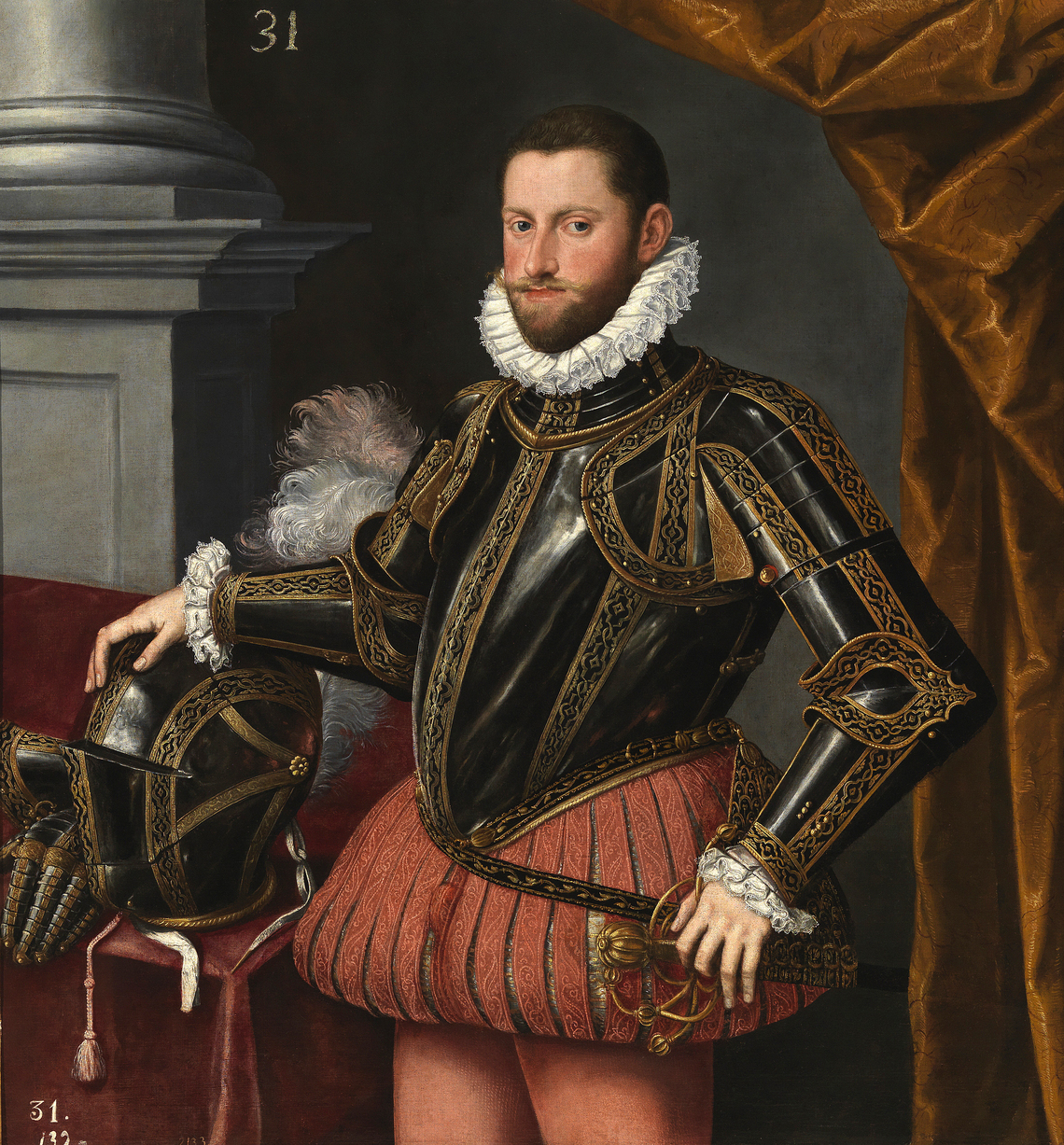Archduke Ernest of Austria
1553–1595
PatronRuler/noble
Born in 1553, Archduke Ernst of Austria was the son of Holy Roman Emperor Maximilian II and Maria of Spain, herself the daughter of Holy Roman Emperor Charles V and Isabella of Portugal. He was their second son, following his brother Rudolf II. When he was ten years old, he and his brother were sent to Spain for education, where the pair remained until 1571. A year later, Ernst was chosen as the Habsburg candidate for election to the Polish-Lithuanian throne, which he subsequently lost. In 1576, Ernst was appointed as the Governor of Austria, where he served until his second attempt at the elected throne of Poland-Lithuania in 1587. He lost again. Reeling from this additional rejection, the Habsburg returned to Austria to become the Governor of Inner Austria in 1590 and the Duke of Mansfield in 1593. In 1594, he was appointed the Governor of the Netherlands, a position he served in until his death in the following year., During that brief period, Ernst acquired many works by Pieter Bruegel the Elder as gifts from the Antwerp City Council. Nicolaas Jongelinck’s collection, which included “sixteen pieces by Bruegel, among which a Tower of Babel, a Carrying of the Cross, and The Twelve Months,” had been given to the city magistrates as collateral for tax debts, and Ernst received six of these panels, The Twelve Months, in July of 1594.On February 20th, 1595, the Archduke died in Brussels.
By Saffron Sener
